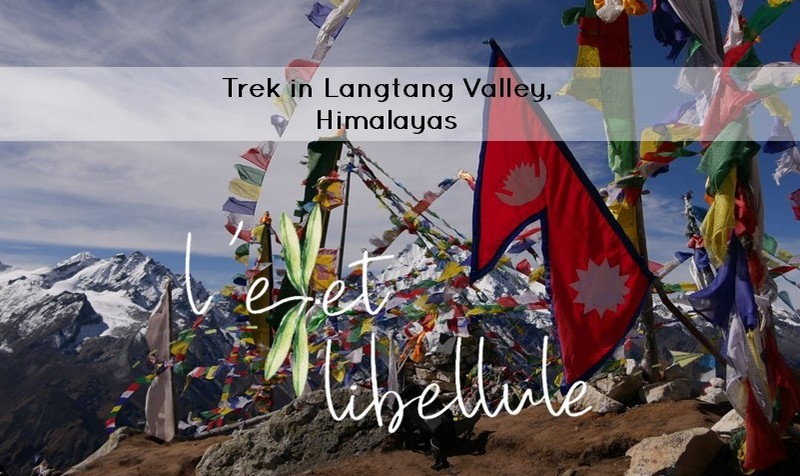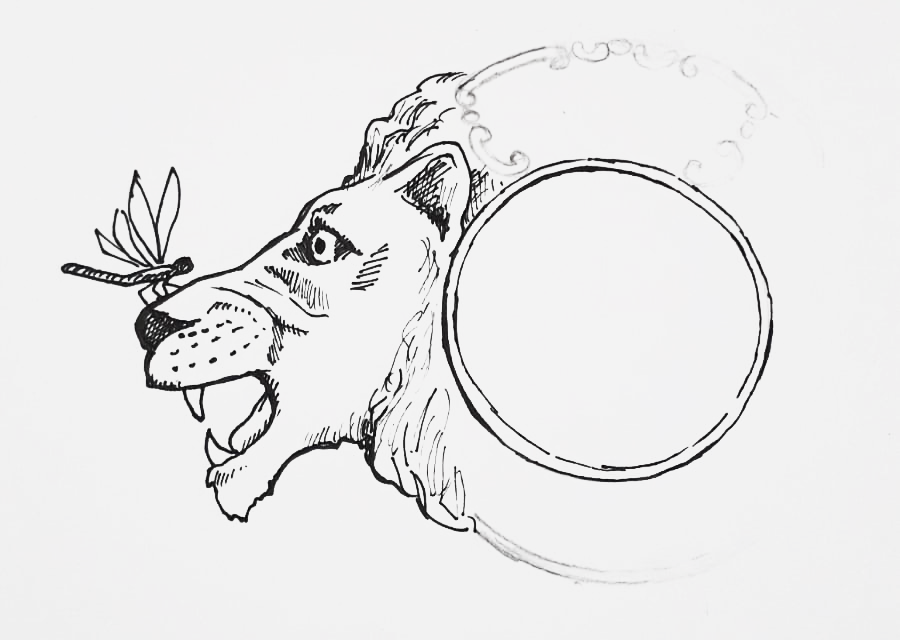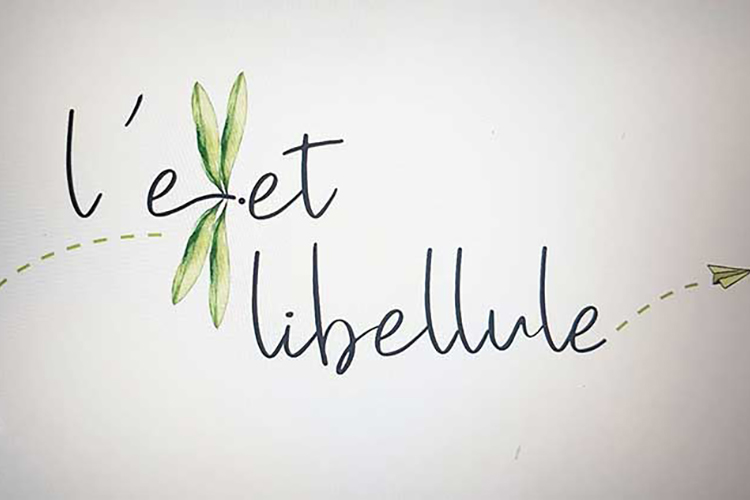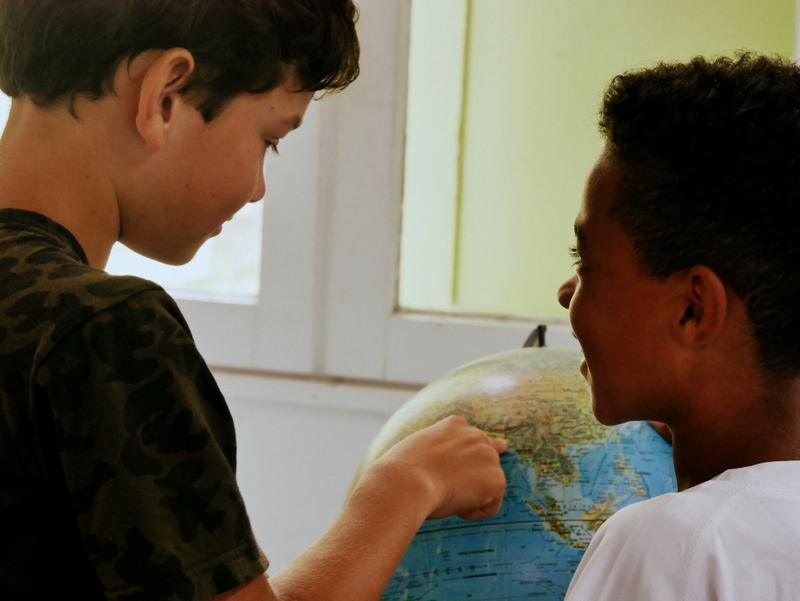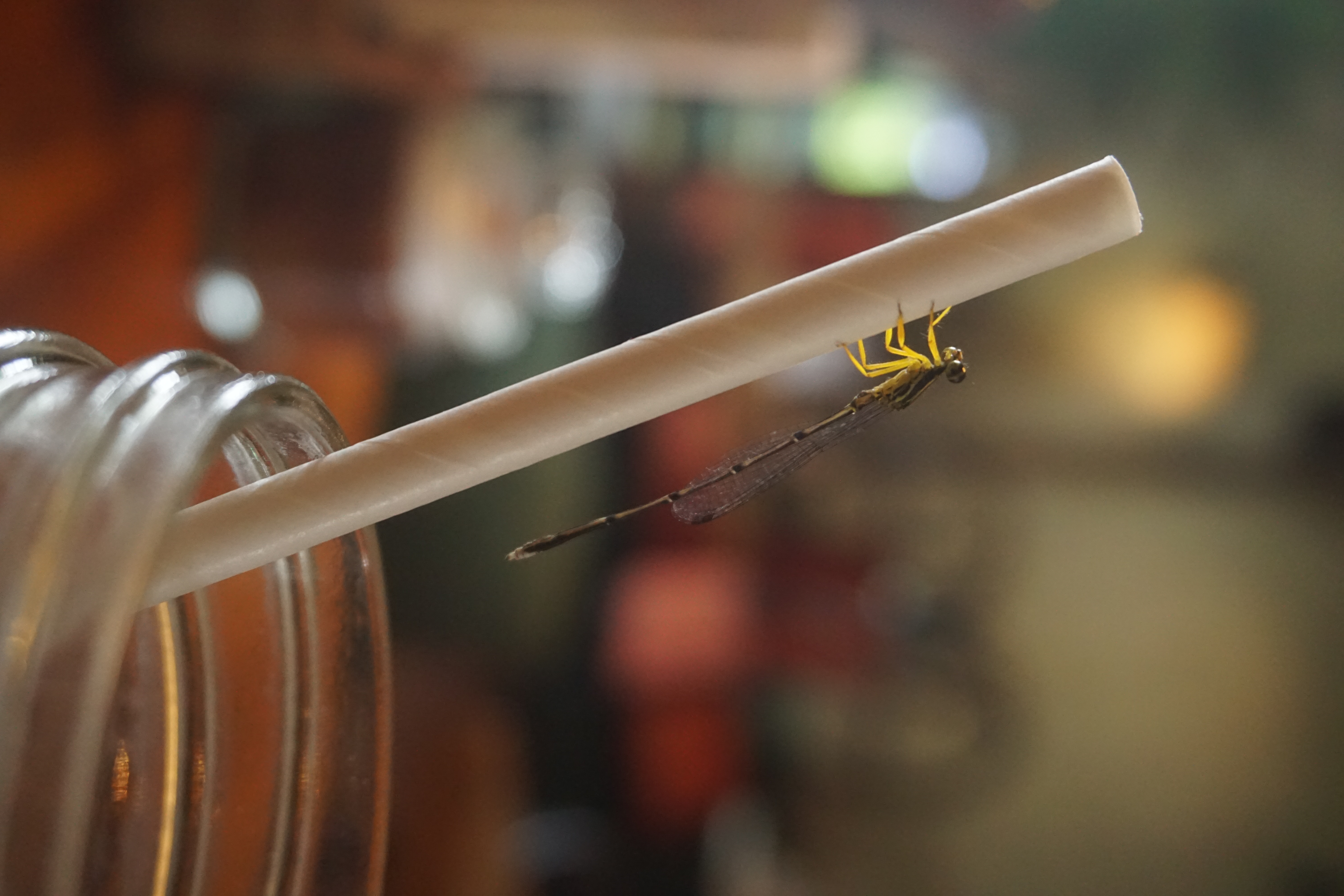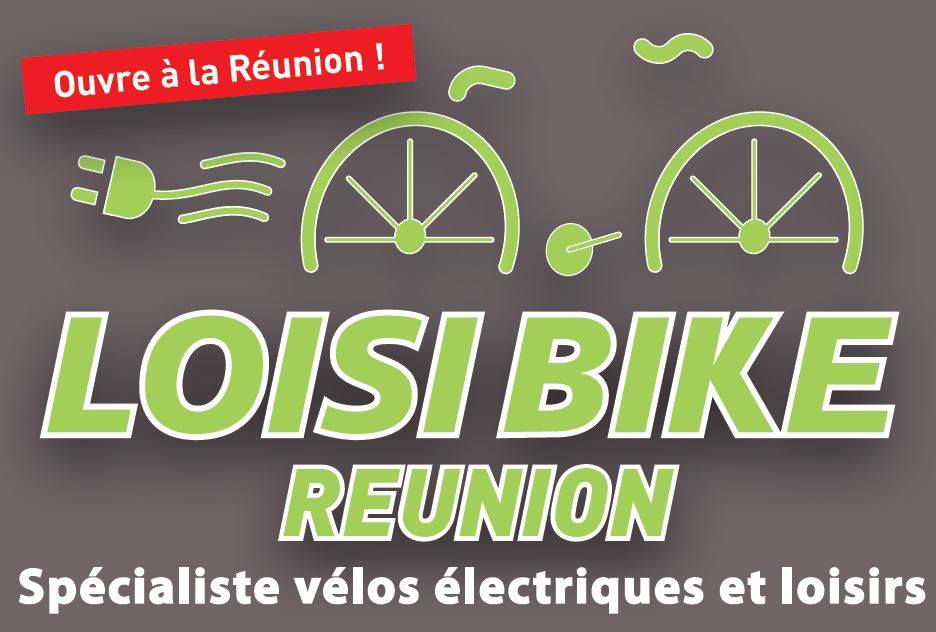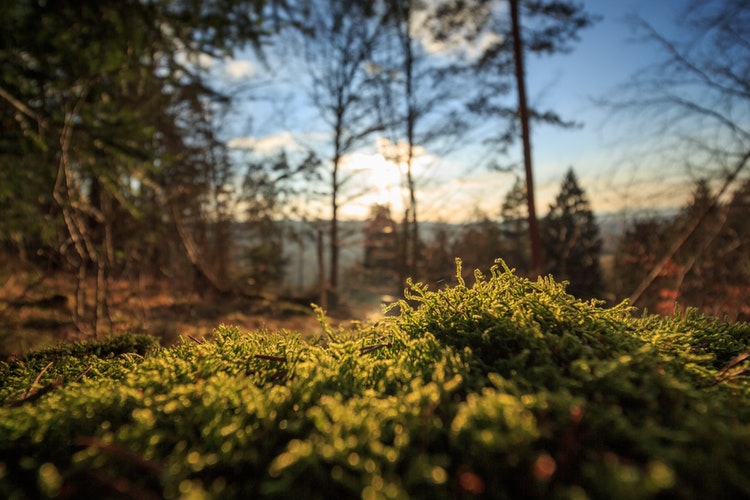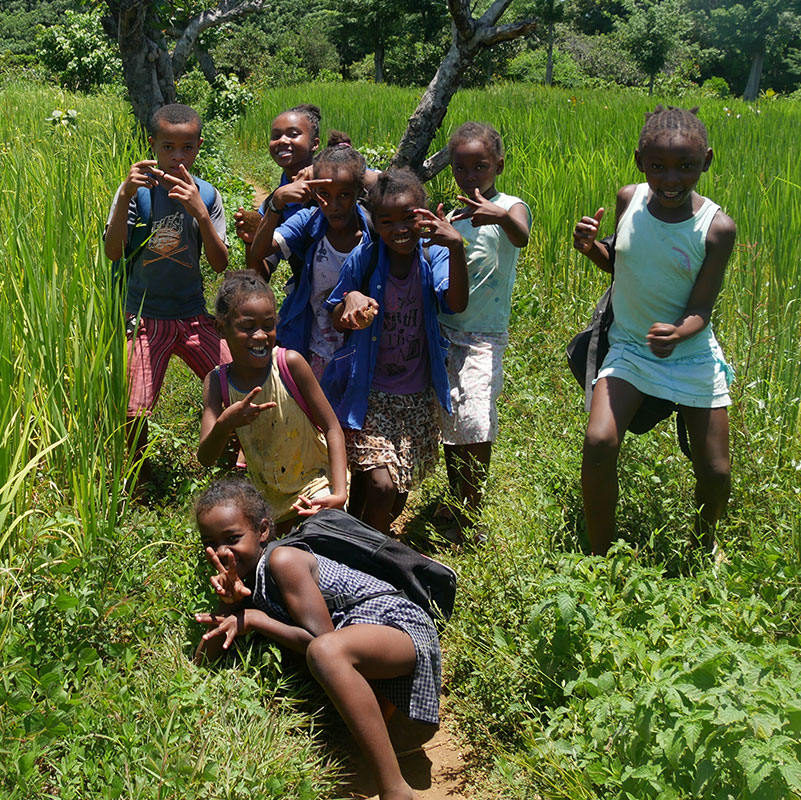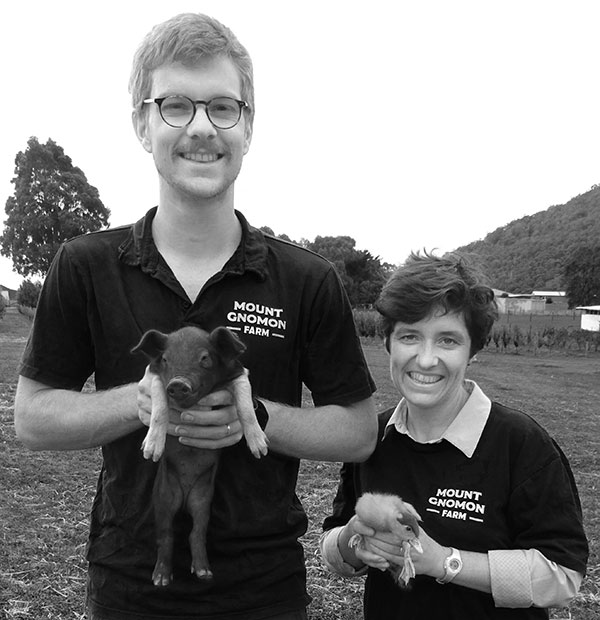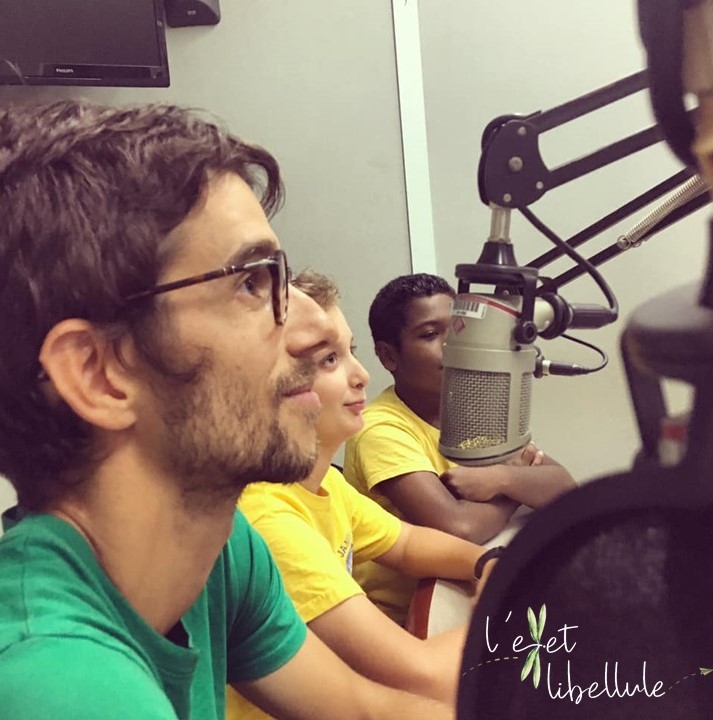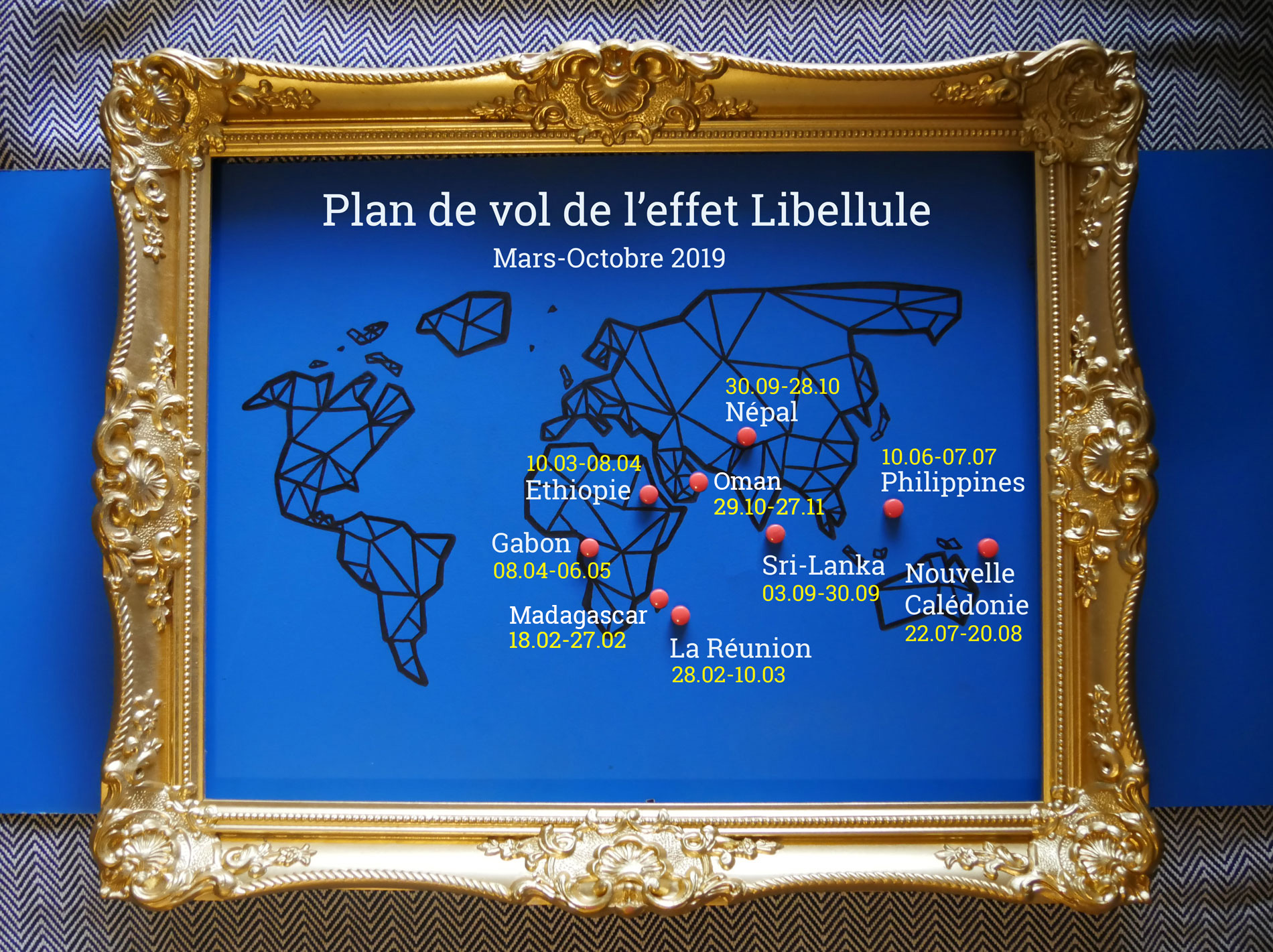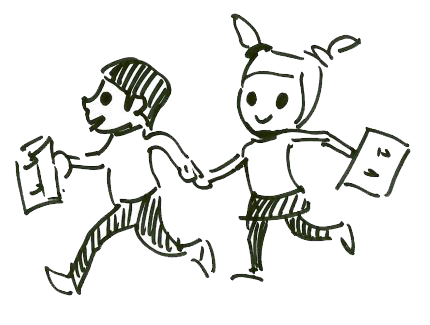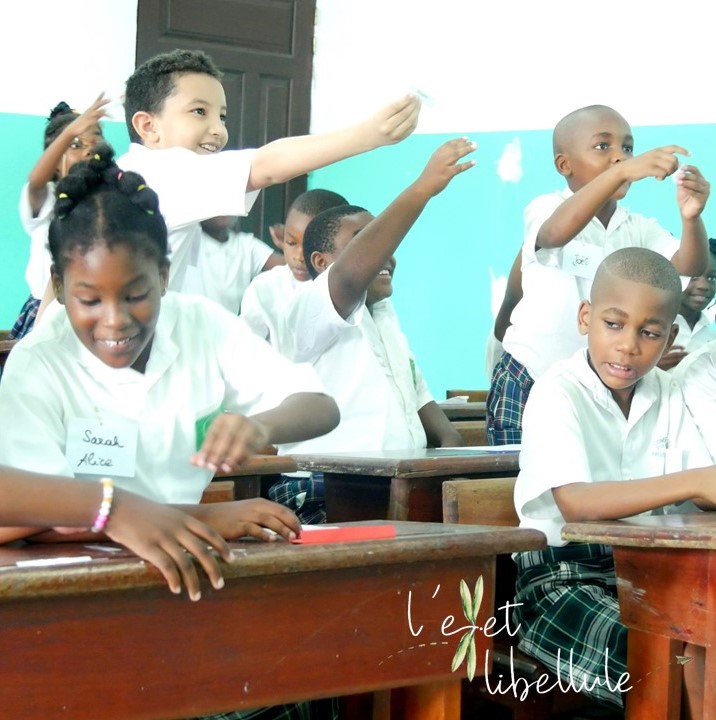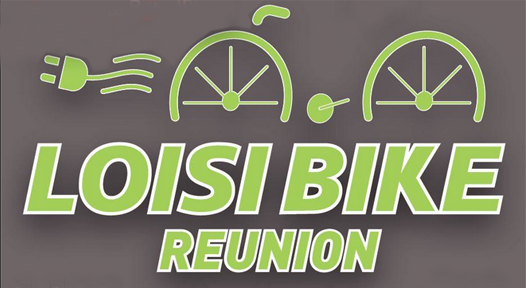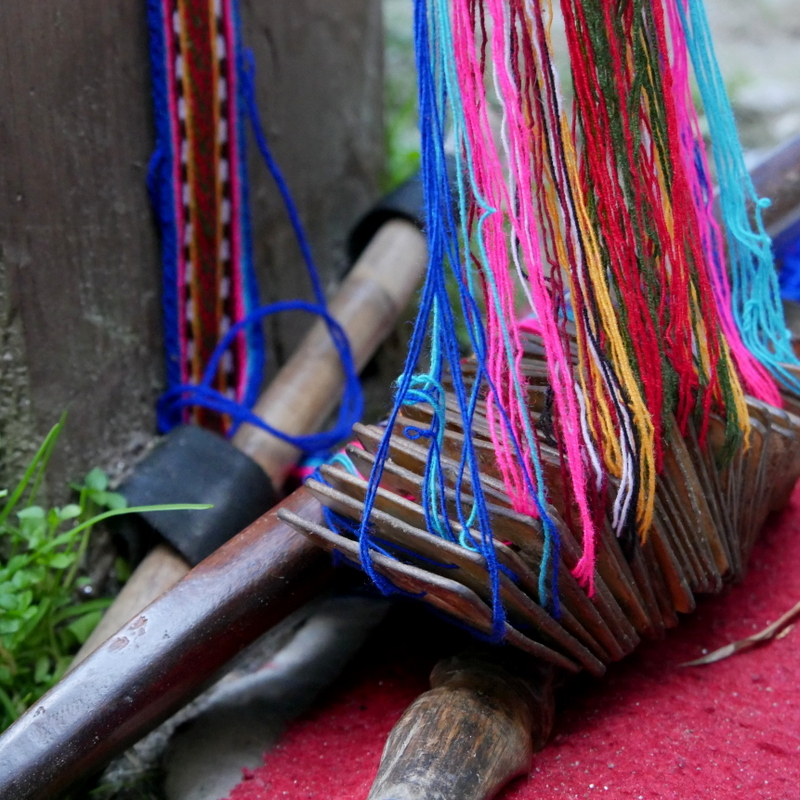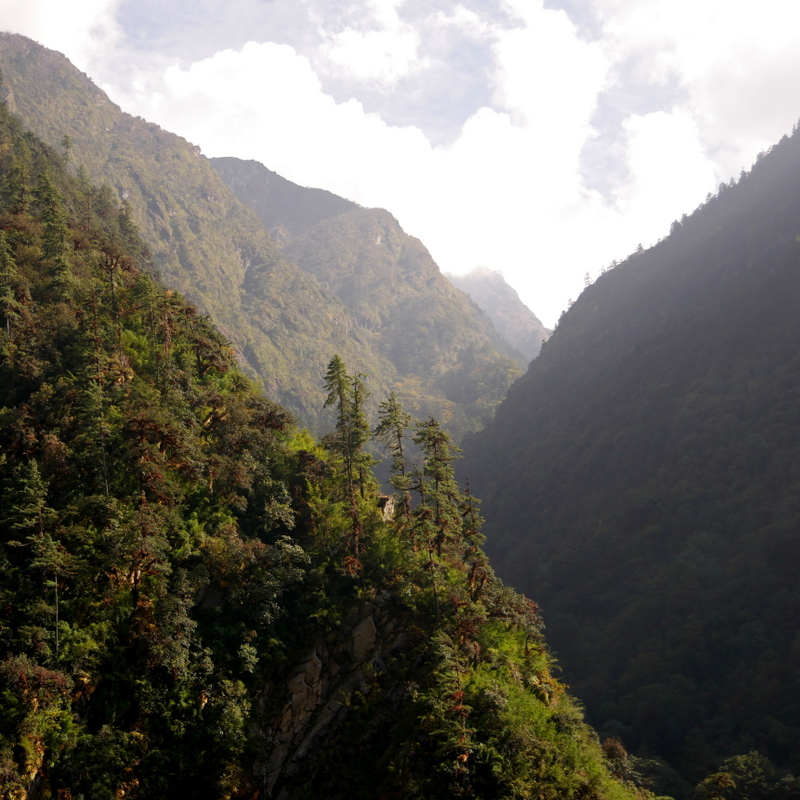Day 5
Green Hike
After this incredible ascent to reach the top at 4984m , we begin the descent on this fifth day of trek! Departure under the clouds, the runny nose and the itchy eyes. Quickly, we take out our plastic bags, taken initially to bring back our own waste. But, the lightness of our backpacks helping, it does not add us much effort than to bend down to pick up litter scattered along the trail. Seeing us pick up the garbage, different reactions among the people we meet: "nice", "well done", or the mother of the French family: "Oh look! Young people who collect garbage, it seems that it is fashionable!" And the young Nepalese shaking hands: "I will love god because he gave you such a beautiful heart! ". Sonam, our guide, picks up wood and plants for the ceremonies. Not sure that the collection of these plants is allowed in the national park, he tells us that they are intended for therapeutic and ritual uses in his village.
The trash bags fill up quickly, empty them at the tea break in a trash can of a tea-house, hoping they will not end up in the beautiful river in below. We ask ourselves the question: is it better to bury them or burn them? One or other of these solutions is indeed the common destiny of this waste in many countries explored by the Effet Libellule. In addition, there is no garbage collection in the valley. Donkeys or men get loaded with food but the residues never go down.
When we finally take the road again after another Dhal Bat, our knees seem rusty! We have a runny nose, a headache, the impression of being slow, in the gas! A plastic bag in hand, we are surprised to find so little garbage on the ground, until we catch the young Nepali, crossed earlier in the day. They carry used plastic bottles and a plastic bag filled with waste! And then we find our French friends, they too have filled their "garbage bags" despite their bulky bags and walking sticks.
Finally, "doing our part" also encourages other hummingbirds and dragonflies to do the same on a hiking trail as elsewhere.
Day 6
Hiking Not so green?
The ecological impact of the hiker, can we talk about it?
What if going on an expedition to a natural valley could have a negative impact on local biodiversity? And if wanting to be closer to the Himalayan nature, we would accelerate the imbalance?
These are the questions that come to mind as we go down to the village of Syabru Besi. Yesterday evening, after a game of Uno near the wood stove, in the company of Australian and German, we read again our guide of Nepal. And the paragraph devoted to the environmental impact of hiking in the Himalayas is without appeal.
We, who were thinking about plastic bottles, piles and other waste left behind by hikers, are now aware of another type of environmental deterioration due to hiking.
Indeed, in this valley of the Himalayas, the hiker stream, increasing the supply of accommodation and restaurants, fuels wood needs. Whether it is the construction of accommodation, heating or cooking, wood is essential for the inhabitants of the valley. But deforestation has a catastrophic impact here, in terms of the destruction of natural habitats of course, but also in terms of soil erosion and therefore landslides, avalanches of rock and snow.
Erosion is also aggravated by the trails that are used daily. Under our feet, it is a land in which nothing will grow before years, and which creates water pipes with each rain, digging a little more the path and weakening the side of the mountain.
The region's ecosystems are fragile and the repeated passage of hikers and porters on the trails only further disrupts them. Apart from the monkeys that do not seem too frightened by the human presence, we will not have seen any wild mammals during these 6 days. Even the birds were scarce.
Obviously, the development of mountain tourism in this valley represents an important economic springboard for the inhabitants. At the same time, they are forced to respect environmental rules that govern the National Park where they live, for example, it is forbidden to cut trees outside authorized periods. But the measures taken, do not seem up to the challenge. Considerable sums are available from the winnings through the sale of trekking permits, but on the spot, the roads are not or little maintained, encouraging hikers to walk in the grass less slippery; waste collection and management solutions are sorely lacking; tourists are not sensitized, ...
In any case, we promised ourselves we would not go on a hike thinking naively that going to meet nature was enough to make us "ecologists" , sensitive to the ecological cause but that precisely, it fell to us the responsibility to minimize our environmental impact by putting the hand in the dough. Do not throw away litter, and pick up those you see. Walk only on marked trails, so as not to increase erosion. Know how to stay silent to listen better. Do not tear anything away, leave nothing behind. And of course, appreciate the landscape, the smells, the colors, the songs of the birds, the wheezing of the insects, the vastness of the summits.
Free Lightbox Gallery


